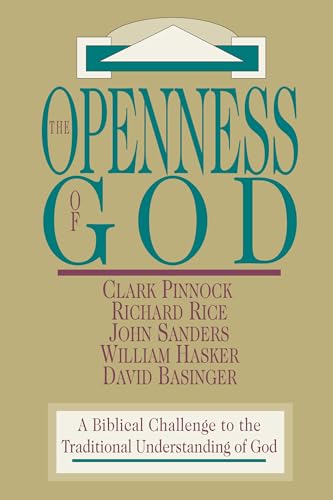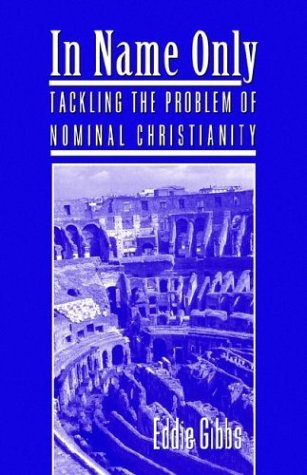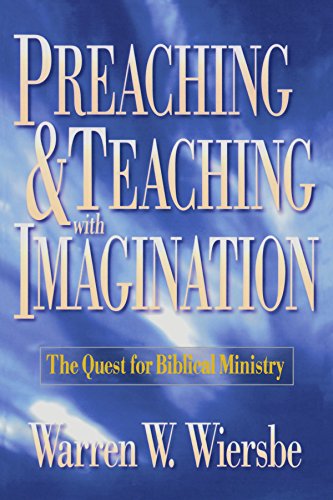Prologue and Gospel: The Theology of the Fourth Evangelist (JSNTSS 107)
Written by Elizabeth Harris Reviewed By Craig A. EvansIt is one of those odd coincidences that happen from time to time in which two books on the same topic, with overlapping concerns and conclusions, appear independently and almost simultaneously. My own Word and Glory appeared late in 1993 as JSNTSS 89. Less than a year later Elizabeth Harris’s Prologue and Gospelappeared in the same series. Prior to publication neither of us had any opportunity to review the work of the other. Both of us have arrived at similar findings, though there are important differences in our respective procedures and in some of the questions which we have addressed.
Whereas my work was principally concerned with the question of the Johannine milieu and in what ways it is reflected in the prologue, Harris’s work is concerned more directly with the question of how the Johannine prologue relates to the body of the Gospel. In the first chapter she surveys the discussion of the origin of the prologue and its relationship to the body of the Fourth Gospel. Harris finds that typically scholarship debates whether the prologue was added en bloc to the Gospel or was produced by redacting an earlier hymn of some sort. Making a new proposal, she prefers to see the prologue as an original composition of the evangelist designed to introduce the major themes of Christology that will be worked out later in the Gospel proper, which Harris views as an example of Greek drama.
The balance of the book attempts to justify this proposal. In chapter 2 Harris considers the witness of John (1:6–8, 15). She finds the theme of ‘witness’ scattered throughout the Gospel, tying together several important christological threads. In chapter 3 Harris considers the role of Moses (1:17), whose person and Torah in various ways contribute to Johannine Christology. Chapter 4 takes on the difficult question of how John 1:18b should be translated. Harris recommends something to this effect: ‘… that one has communicated divine things’. Chapters 5–7 take up three features of Christology: ‘Son of Man’ (underscoring Jesus’ universal significance); the expression ego eimi (linking Jesus, the Logos, to various divine attributes and provisions); and ‘Son of God’ (defining Jesus, the Logos, and his relationship to God). Chapter 8 looks at the ‘final days in Jerusalem of the Logos, Jesus Christ’. Harris argues that the Johannine presentation of the passion reflects the themes of the prologue and, indeed, could not have been written the way it was apart from the prologue.
The principal thesis of Harris’s dissertation is compelling, but the book will be faulted for inadequate interaction with the secondary literature. Apart from Harnack’s seminal essay (ZTK 2 (1892), 189–231) and a couple of early commentaries, German scholarship is ignored. Thomas Tobin’s important discussion of the Johannine prologue and Hellenistic wisdom speculation (CBQ 52 (1990), 252–269) is not taken into account, neither is Don Carson’s 1990 commentary on John, which argues for many lines of continuity between the prologue and the body of the Gospel. Delbert Burkett’s 1991 work on ‘son of man’ in John (JSNTSS 56) is also overlooked, which may in part explain why Harris neglects the wisdom dimension of this epithet. Omissions such as these are hard to explain, given their direct bearing on Harris’s thesis. To be sure, the dissertation was written before some of these works appeared, but there is evidence of revision and updating prior to publication (as there should be). Works as recent as 1992 appear in her bibliography.
The book is also flawed by inadequate interaction with the primary literature: there is some work with Philo (though without Tobin’s input, it is not current) and none at all with Judaica. The evident lack of acquaintance with rabbinic and targumic sources (though the extant materials are late, they do contain early traditions) perhaps accounts for Harris’s uncritical dismissal of the potential relevance of the targumic memra(‘word’) for understanding the Johannine logos. Citing a study by W.L. Knox published 50 years ago, before the discovery of Targum Neofiti (which paraphrases Gn. 1:1: ‘From the beginning with wisdom the Word of the Lord created …’), simply will not do (see Appendix, pp. 196–201). Even the Hellenistic Jewish wisdom sources, with which Harris does interact, receive at best superficial treatment.
The book is also marred by careless, unnuanced references to Jesus or to the fourth evangelist ‘opposing Judaism’ (pp. 90, 132). The intramural dimension of the Johannine community’s losing struggle with a synagogue that refuses to believe that ‘the Messiah is Jesus’ (Jn. 20:31) does not appear to be adequately grasped.
Harris’s overall thesis is essentially sound; it is the work’s failure to interact with so much of the relevant literature, both ancient and modern, that lessens its value. Perhaps future, detailed studies will address these deficiencies.
Craig A. Evans
Trinity Western University, Langley, British Columbia, Canada







